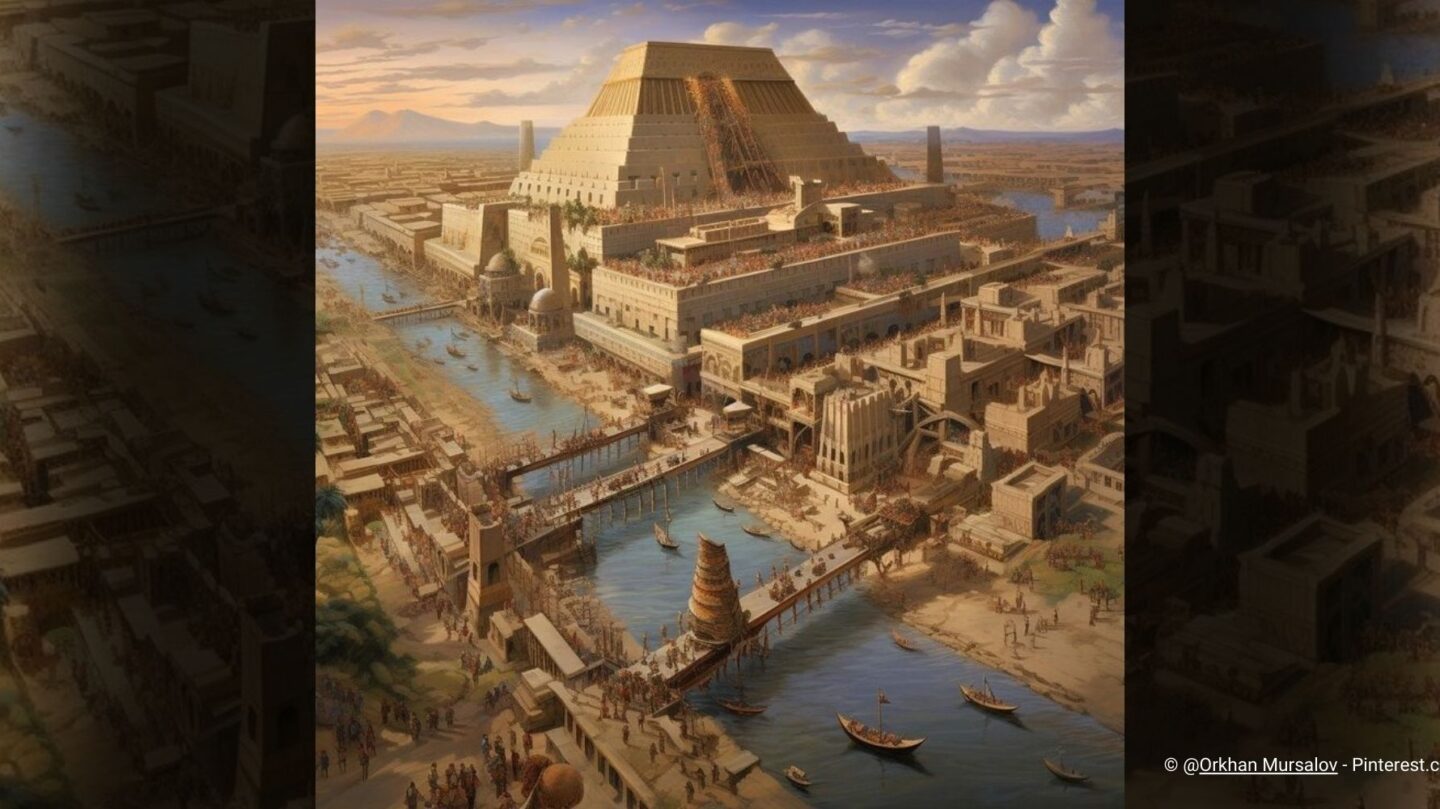The Birthplace of Civilization
Mesopotamia, often referred to as the “Cradle of Civilization,” was a region situated between the Tigris and Euphrates rivers in what is now modern-day Iraq, Kuwait, and parts of Syria. The word Mesopotamia means “land between rivers” in Greek, and its fertile plains allowed humanity to transition from nomadic lifestyles to settled agricultural societies around 10,000 BCE.
By 3500 BCE, the region gave rise to some of the earliest cities and complex societies, such as the Sumerians, Akkadians, Babylonians, and Assyrians. Mesopotamia became a center of innovation, producing advancements in writing, governance, agriculture, and technology that shaped the foundations of modern civilization.
The Sumerians: Pioneers of Progress
The Sumerians, who settled in southern Mesopotamia, were the first to build city-states such as Uruk, Ur, and Eridu. Around 3200 BCE, they developed cuneiform, the earliest known writing system, which they used to record trade, laws, and stories. This monumental invention marked the beginning of recorded history.
The Sumerians also made significant strides in mathematics, astronomy, and architecture. They built ziggurats—massive stepped temples dedicated to their gods—and created irrigation systems to manage the Tigris and Euphrates rivers for agriculture. The Epic of Gilgamesh, one of the oldest known literary works, emerged from Sumerian culture, offering a glimpse into their beliefs and worldview.
The Akkadian Empire: Uniting Mesopotamia
In the 24th century BCE, Sargon the Great of Akkad unified the diverse Sumerian city-states, creating the world’s first known empire. The Akkadian Empire stretched across Mesopotamia and beyond, consolidating power and fostering cultural exchange.
Under Akkadian rule, cuneiform writing spread, and art flourished, as seen in sculptures like the famous bronze Head of Sargon. However, the empire eventually weakened due to internal rebellion and environmental challenges, leading to its collapse around 2150 BCE.
Babylon and Hammurabi’s Code
The city of Babylon rose to prominence in the early 2nd millennium BCE under King Hammurabi. Known for his military conquests and administrative brilliance, Hammurabi created one of the first written legal codes: the Code of Hammurabi. This set of 282 laws provided a framework for justice, emphasizing the principle of “an eye for an eye” while establishing rules for trade, family, and property.
Babylon also became a center of culture and learning, showcasing advancements in mathematics and astronomy. The city’s grandeur would inspire future civilizations, even as it fell to new powers.
The Assyrian and Neo-Babylonian Empires
The Assyrians, known for their military prowess, dominated Mesopotamia during the 1st millennium BCE. They established a vast empire stretching from Egypt to Persia, relying on advanced weaponry, iron tools, and well-organized armies. Their capital, Nineveh, became a hub of culture and administration, featuring libraries filled with cuneiform texts.
After the fall of the Assyrians, the Neo-Babylonian Empire emerged, led by King Nebuchadnezzar II. Babylon reached its peak during this era, with iconic projects such as the Hanging Gardens—one of the Seven Wonders of the Ancient World—though its existence remains debated.
The Decline of Mesopotamia
The fall of Mesopotamia began with invasions from external powers. The Persians, led by Cyrus the Great, conquered the region in 539 BCE, marking the end of Mesopotamian dominance. Over the following centuries, the land was ruled by Greeks, Parthians, and Romans, eventually losing its cultural and political independence.
Environmental challenges, including salinization of farmland and overreliance on irrigation, also contributed to the region’s decline.
A Lasting Legacy
Mesopotamia’s innovations laid the foundation for modern civilization. From writing and law to mathematics and urban planning, its contributions have left an indelible mark on history. Though its empires fell, the region’s legacy lives on, reminding us that the “Cradle of Civilization” was where humanity first learned to build, govern, and dream.
